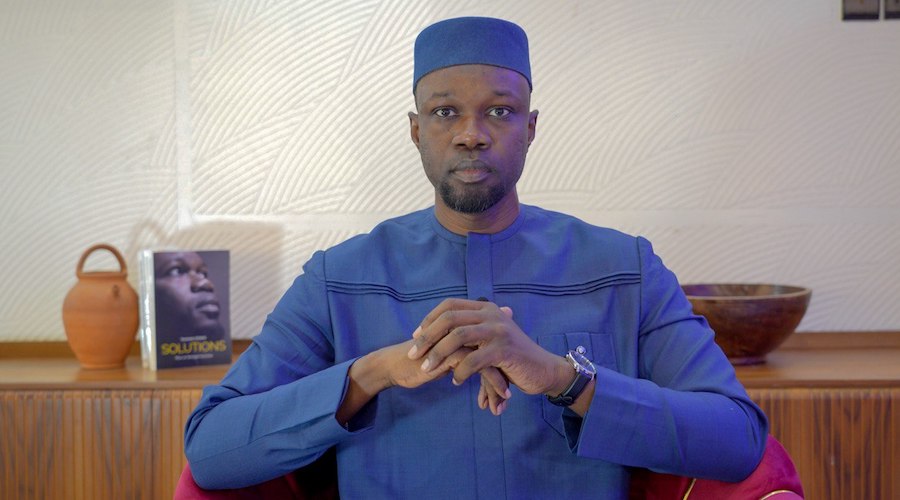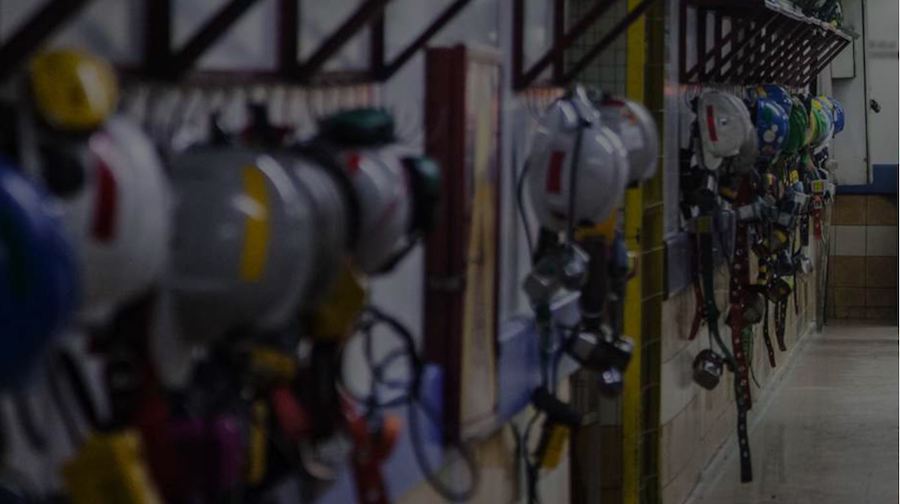Saudi Arabia and UAE Look To Extract Lithium from Oilfield Brine
- Aramco and ADNOC are looking to extract lithium brine from oilfields.
- The two major Gulf oil producers have been seeking to diversify their revenues streams and tap other profitable operations apart from oil.
- Sources: Aramco and ADNOC will be using some kind of direct lithium extraction (DLE) technology.
Saudi Aramco and Abu Dhabi National Oil Company (ADNOC), the state oil giants of two of OPEC’s top producers, are in very early stages of working to extract lithium from the brine in their huge oilfields in the Middle East, Reuters reported on Friday, citing three anonymous sources with knowledge of the plans.
The two major Gulf oil producers have been seeking to diversify their revenues streams and tap other profitable operations apart from oil, to fund their massive state programs and, in Saudi Arabia’s case, the Vision 2030 plan of Crown Prince Mohammed bin Salman, which includes billions of U.S. dollar spending on futuristic projects in the Saudi deserts.
Aramco and ADNOC will be using some kind of direct lithium extraction (DLE) technology, the sources told Reuters but declined to elaborate.
DLE avoids open-pit mining or the traditional process of extracting lithium from brine through evaporation ponds, but the technology is in its early stages.
If Aramco and ADNOC do go for lithium extraction, they wouldn’t be the first oil giants to do so.
U.S. supermajor ExxonMobil has made inroads into the lithium extraction industry. While doubling down on crude oil production, especially closer to home, ExxonMobil unveiled plans in November to produce lithium in Arkansas, aiming to become a leading supplier of the key metal for electric vehicles (EVs) by 2030. The company has already begun work on a first phase of its North American lithium production in southwest Arkansas, an area known to hold significant lithium deposits.
The current lithium market and economics are depressing for the industry, but the long-term prospects for the key battery metal remain bright.
In the lithium market, slowing growth in electric vehicle sales and an oversupply sent lithium prices crashing by 80% in the past year, prompting lithium miners to pause and scale back expansion projects.
The crash in lithium prices is holding back reinvestment in new supply, the world’s largest lithium producer, Albemarle, says.
Yet, the deferral of new supply developments amid the low prices is setting the stage for the next lithium supply crunch later this decade, according to executives and analysts.
S. Korea and Kazakhstan Partner to Probe Potential Lithium Goldmine
Researchers have discovered significant lithium reserves in Kazakhstan, with potential resources worth up to $15.7 billion, marking the country as an emerging source of lithium.
The European Commission and European parties show interest in Kazakhstan's lithium for green and digital technology transitions, highlighting the critical role of lithium in the global market.
Kazakhstan's government has increased transparency regarding its lithium reserves and actively seeks investment in exploration and development, signaling a strategic move to capitalize on its mineral wealth.
Kazakhstan is positioning itself as an important potential global supplier of high-quality lithium just as demand surges for the mineral, which is indispensable for the booming power-storage technology industry.
The auspices are good, although few firm investment commitments have materialized.
Speaking at a conference in Seoul on March 5, researchers from the Korea Institute of Geoscience and Mineral Resources announced that they had discovered sizable lithium reserves in an area of eastern Kazakhstan.
Experts from the Korea Institute of Geoscience and Mineral Resources, or KIGAM, quoted by The Korea Times said mineral deposits in the 1.6 square kilometer Bakennoye deposit, where tantalum was previously mined and which has been subject of exploration work since May, contains mineral resources worth up to $15.7 billion
KIGAM reportedly intends to apply jointly with a South Korean company for permission to conduct further drilling investigations at the site next year.
That discovery stands to consolidate Kazakhstan’s position as a strong emerging source of lithium.
The country’s potential on that front was loudly trumpeted by senior European Commission official Maros Sefcovic at the EU-Kazakhstan Business Forum in November.
“We know that Kazakhstan has significant natural resources including more than 20 critical raw materials such as tungsten, lithium and rare earth elements,” he said.
Sefcovic added for context that Europe is currently only able to cater for 1 percent of the global production of raw materials like lithium, which are essential for the twin agendas of transitioning to green and digital technology.
“Demand for lithium [is] expected to be 12 times higher by 2030 and 21 times by 2050,” he said.
Sefcovic made his remarks on the eve of an announcement that the European Commission and the European Bank for Reconstruction and Development would allocate 400,000 euros ($435,000) for lithium exploration in the salt marshes of the Aral Sea and a separate project related to the sustainable processing of tungsten. The grant agreement was also signed by Kazakhstan’s state-run mining company Tau-Ken Samruk.
President Kassym-Jomart Tokayev said in October 2022 that he believed Kazakhstan may be sitting atop as much as 100,000 tons of lithium.
“These are large reserves. Serious investments in exploration and development are needed,” he said.
Kazakhstan’s National Geological Service has provided a more exact estimate of lithium reserves, around 75,600 tons.
This effort at disclosure and transparency marks a departure from what used to be the case until a few years ago. It was only in 2021 that Kazakhstan’s government adopted the decision to declassify state-produced data regarding the estimated reserves of lithium, as well as cesium, gallium, and tantalum. Prior to that, top officials, including former President Nursultan Nazarbayev, would at times encourage foreign investors to contemplate spending their money on lithium mining without apparently being prepared to inform them how much of the mineral there might be in the country.
In May 2023, Tokayev pitched the idea of investing in lithium at a Kazakh-Chinese investment roundtable in Xian, China.
“Considering that China is the largest manufacturer of electric vehicles, cooperation in the field of lithium mining seems promising. In recent years, the popularity of Chinese cars has grown significantly in Kazakhstan,” Tokayev said.
If China were to take up that offer, it would serve to further solidify its iron grip over global supplies of the processed mineral. The U.S. Department of Energy found in 2021 that China was responsible for refining 60 percent of the world’s lithium.
Varying degrees of interest are now being displayed by European parties.
In September, Tokayev met with the chairman of Berlin-based industrial concern HMS Bergbau, Dennis Schwindt, who presented a $500 million project to build a lithium extraction and processing plant in the East Kazakhstan region. The company had the month before acquired majority shareholdings in two Kazakh companies in possession of mining and exploration licenses for lithium, as well as cobalt, nickel, tantalum and rare earths in the Alatau region.
More recently, in February, a representative for a motley crew of German construction and building materials-manufacturing companies, all co-founders a Halle-based research outfit called the ITEL Deutsches Lithiuminstitut (German Lithium Institute), met with Kazakh Industry and Construction Minister Kanat Sharlapayev to discuss setting up a working group to explore opportunities for lithium exploration. It is unclear, however, that any of the companies involved in this consortium have any useful experience in the sector.
By Eurasianet.org






